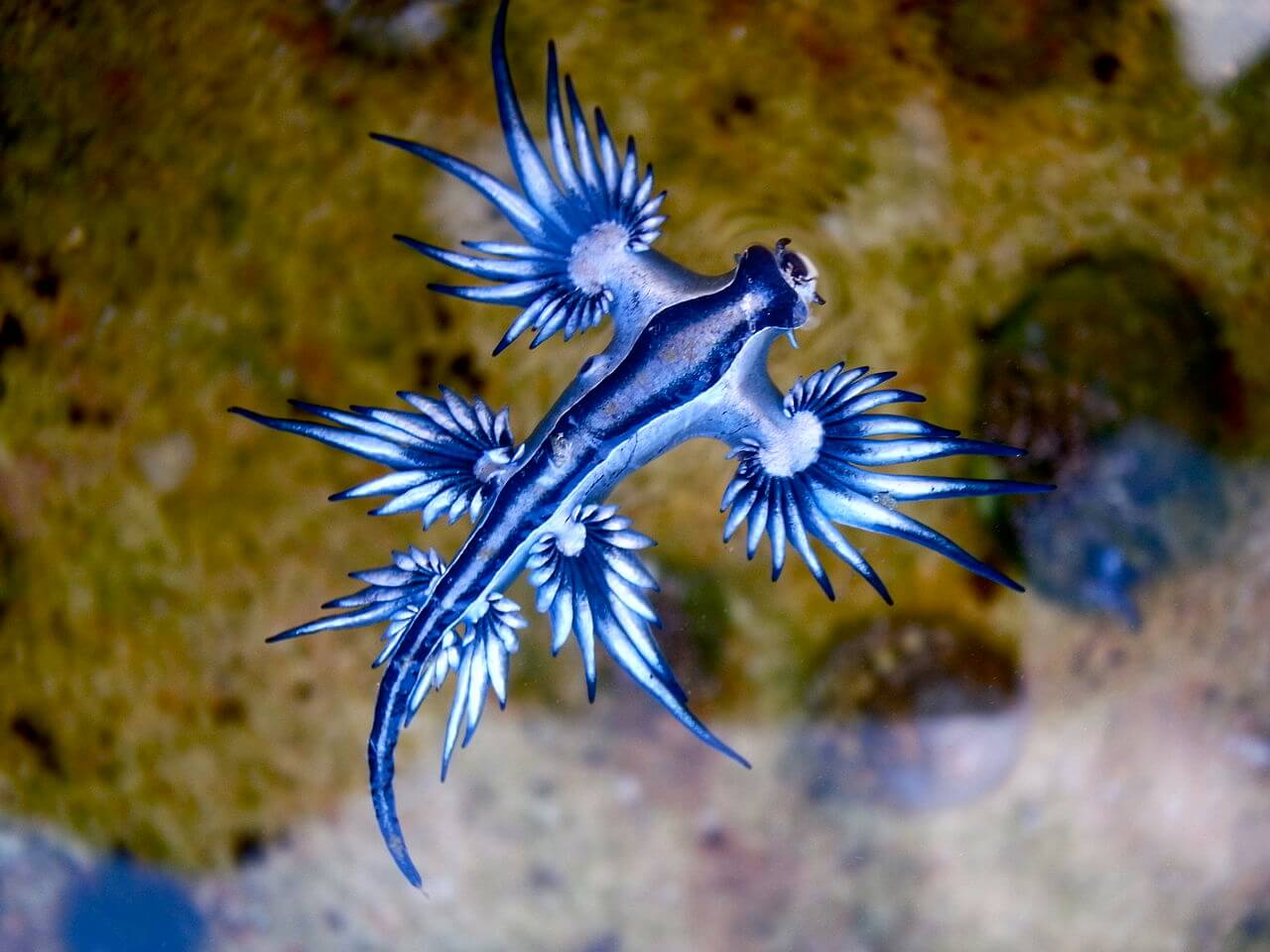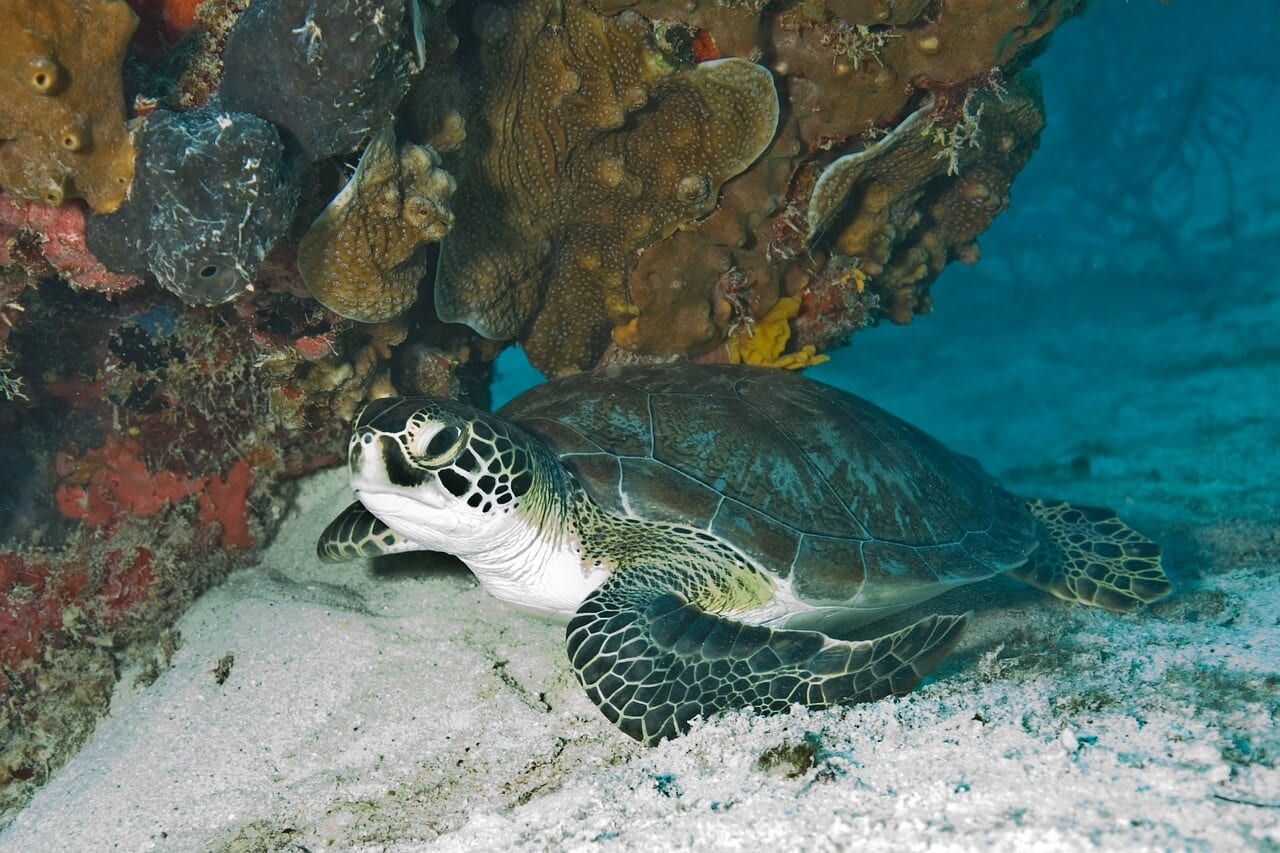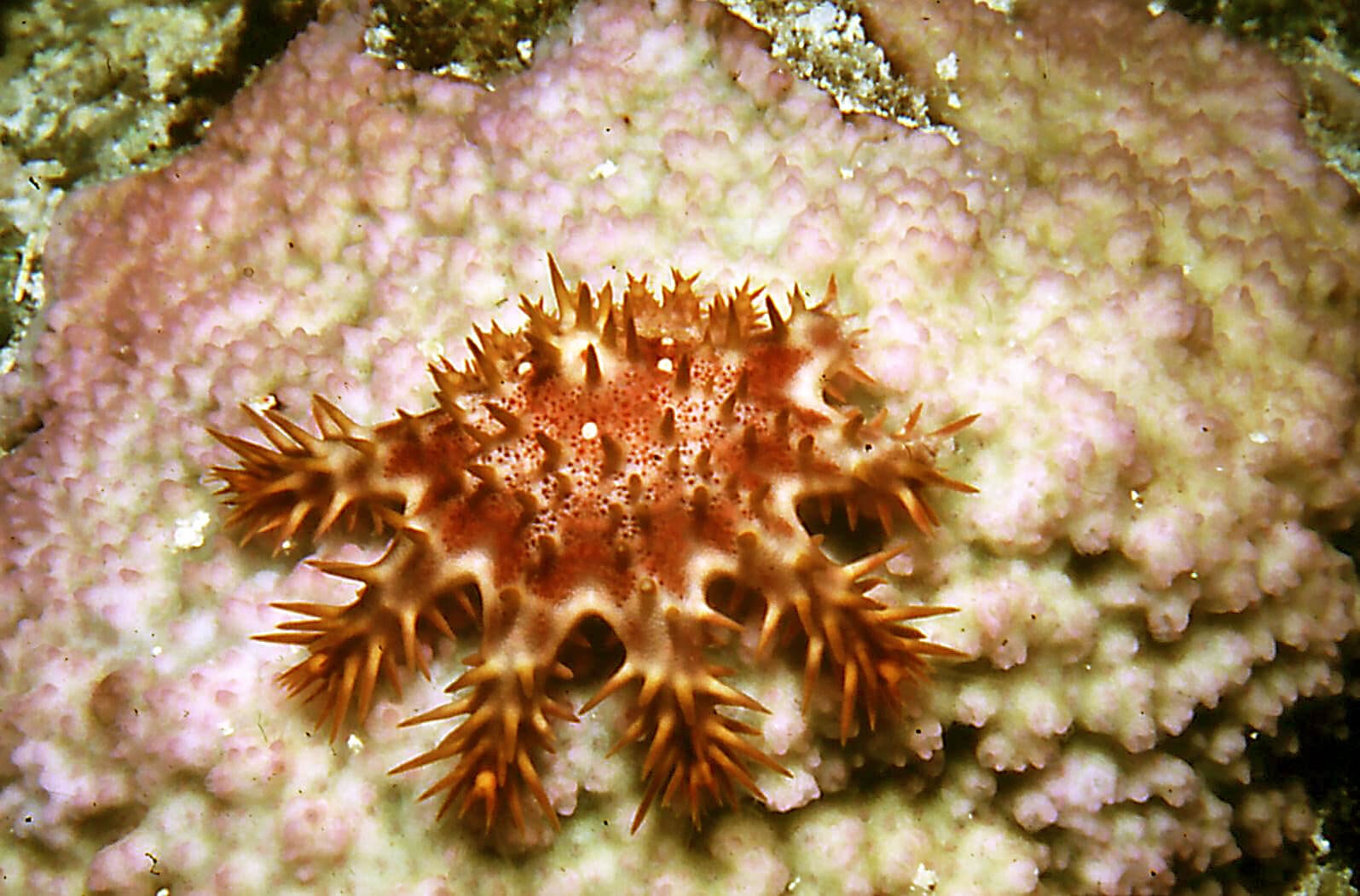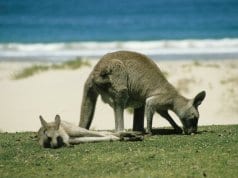Australia’s Great Barrier Reef Marine Park is one of the most famous aquatic parks in the world. Encompassing more than 86 million acres, the park stretches for more than 1200 miles along the Queensland coast. The park contains approximately 3,000 different coral reefs and coral islands, and it supports an incredible collection of wildlife species.
We’ll share some information about some of the park’s most noteworthy inhabitants below. We’ll also explain how these species make their way in this amazing habitat and provide a few tips for seeing as many species as possible during your visit.
Mollusks and Other Invertebrates of the Reef
Just like in terrestrial ecosystems, invertebrates abound in the Great Barrier Reef Marine Park.
Invertebrate animals – namely corals – have created the Great Barrier Reef, so it shouldn’t come as a surprise that invertebrates abound in the surrounding waters. This includes a variety of mollusks, such as cuttlefish, squid and octopi, as well as the bizarre and beautiful blue sea slug.

One of the most notorious inhabitants of the reef is the crown-of-thorns starfish. This large, armored starfish is native to the waters surrounding the reef. However, it feeds on the delicate coral organisms that create the entire reef. From time to time, the crown-of-thorns starfish exhibits a population explosion, which can lead to the destruction of vast swaths of the reef.
Sharks of the Great Barrier Reef
Sharks are some of the most exciting and important species that call the reef home.
If you spend much time swimming around the Great Barrier Reef, you’ll undoubtedly see sharks. This not only includes a few big, charismatic species such as tiger and hammerhead sharks but also smaller, more unusual species, such as the wobbegong. The wobbegong is a relatively common shark, but they’re often very difficult to see. That’s because wobbegongs have a flattened body shape and fringe-like skin flaps. These characteristics help the sharks camouflage with the reef.

Black- and white-tipped reef sharks are likely the most numerous sharks to call the reef home. Both species are relatively small, reaching perhaps 5 to 6 feet in length. They represent very little threat to divers, and they often flee when approached.
Dugongs: Large and Peaceful Mammals of the Reef
Because of their great size and slow pace, dugongs are some of the easiest large animals to observe near the reef.
Dugongs are massive aquatic mammals, who are closely related to manatees. However, unlike their relatives who live in the waters of the New World, dugongs only live in the Indian and South Pacific Ocean. Dugongs have a horizontal tail like most other marine mammals, and they have large, horseshoe-shaped upper lips, which help them forage for food.

Dugongs primarily subsist on seagrass, and they are one of the most herbivorous marine animals in the world. However, those living near the Great Barrier Reef often supplement their diet with various invertebrates, including crustaceans and jellyfish.
Sea Turtles of the Great Barrier Reef Marine Park
Six sea turtle species breed in the waters surrounding the Great Barrier Reef.
Sea turtles are some of the most beloved inhabitants of the reef, and many visitors will have the chance to see them. Six different species visit the reef, including the green, flatback, hawksbill, olive ridley, loggerhead and leatherback. Most sea turtles are very placid, and they’ll allow divers to approach very closely. Just be sure that you don’t touch or harass these magnificent creatures in any way.

You may have the chance to see adult females coming ashore to deposit their eggs between December and March. They’ll normally do so at night, but sometimes the process continues into the next day. About six weeks later, the eggs begin to hatch. This allows visitors to observe the young turtles emerge from their nests and dash to the water.
Wildlife Viewing Tips
Seeing animals in a marine park requires different techniques and strategies than those used in terrestrial parks.
The Great Barrier Reef is certainly packed with animals, but that doesn’t mean you’ll see very many species if you just go swimming around aimlessly. Instead, you’ll want to embrace a few helpful tips, which will increase your odds of enjoying a once-in-a-lifetime experience.
- Don’t limit yourself to the water. While the bulk of Great Barrier Reef Marine Park is, in fact, covered with water, there are also a few parts of the park situated on dry For example, the Estuarine Conservation Zone (part of the park) features a long boardwalk that allows you to explore the mangrove forests near the coast.
- Keep your hands to yourself. It is important to avoid touching the reef or any of its inhabitants during your exploration. This is important for two key reasons: Many of the corals and mollusks living on the reef can inflict painful stings, and you may end up harming the delicate coral organisms, thereby causing trouble for the entire habitat.
- Explore all of the sub-habitats available to see the greatest diversity of animals. Most divers and swimmers head straight for the most colorful and intricate parts of the reef. You’ll certainly see plenty of beautiful fish in these locations, but you’ll miss many of the reef’s other species. For example, you’ll often have the best chances of seeing dugongs feeding at the periphery of seagrass beds, and you’ll have the best chance of seeing large sharks in the areas between major reef sections.
- Enlist the help of a guide. Wildlife lovers can often see plenty of animals on their own in some parks, but you don’t want to do this at Great Barrier Reef Marine Park. You’ll surely see a number of fish while swimming around on your own, but without a guide, you’ll likely miss many of the subtle treasures the reef boasts.

Tell Us About Your Experiences!
The Great Barrier Reef National Park is clearly one of the most extraordinary places on Earth. But it is not only one of the world’s most beautiful places, it also harbors an incredible diversity of species.
Have you ever visited Great Barrier Reef Marine Park? Tell us all about your experiences in the comments below. We’d love to hear about the animals you observed and your general impressions of the park.














![Red Angus Closeup of a beautiful Red Angus cowPhoto by: U.S. Department of Agriculture [pubic domain]https://creativecommons.org/licenses/by/2.0/](https://animals.net/wp-content/uploads/2020/03/Red-Angus-4-100x75.jpg)

